Snowmobiles Explained: Environmental Issues
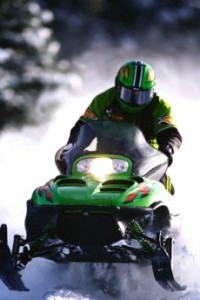 In the past few days our discussion of snowmobiles has run the gamut from power systems to track mechanics and steering. Today, it’s time to take a step back from the nuts and bolts to see the forest for the trees. Just what are the environmental implications of recreational sleds, and what plans are in the works to increase engine efficiency? Unlike the environmental effects of automobiles and boats, those of snowmobiles remain understudied and to some extent uncertain.
In the past few days our discussion of snowmobiles has run the gamut from power systems to track mechanics and steering. Today, it’s time to take a step back from the nuts and bolts to see the forest for the trees. Just what are the environmental implications of recreational sleds, and what plans are in the works to increase engine efficiency? Unlike the environmental effects of automobiles and boats, those of snowmobiles remain understudied and to some extent uncertain.
The history of snowmobile engines reflects that of outboard motors in one key way. As recently as a few decades ago, both were being manufactured with little regard for their environmental impact. The amount and content of exhaust emitted by the engines was eventually deemed unacceptable, and the rise of four-stroke engines challenged two-stroke manufacturers like Yamaha to step up their game.
Today’s snowmobiles feature reduced emissions and increased engine efficiency. Where once speed and maneuverability were a sled’s main selling points, eco-friendliness has now joined the list. Modern-day snowmobiles run best on specially formulated 2 stroke oil. Snowmobile manufacturers continue to struggle with noise pollution concerns, however. Many sled makers have taken concerted steps to reduce noise levels.


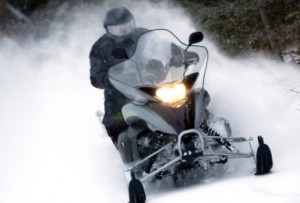 In yesterday’s installment, we took a look at the four main components of a snowmobile’s drive system: the engine, clutch, track and skis. We’ll shift gears slightly today to focus on the track in particular and the steering system in general. The track is designed to maximize traction as the sled moves along the snow. It could be likened to that of a tank, with one major difference: tank tracks are stiff and durable above all other considerations because of the role they play in warfare. Snowmobile tracks, on the other hand, are meant for optimal swiftness and maneuverability.
In yesterday’s installment, we took a look at the four main components of a snowmobile’s drive system: the engine, clutch, track and skis. We’ll shift gears slightly today to focus on the track in particular and the steering system in general. The track is designed to maximize traction as the sled moves along the snow. It could be likened to that of a tank, with one major difference: tank tracks are stiff and durable above all other considerations because of the role they play in warfare. Snowmobile tracks, on the other hand, are meant for optimal swiftness and maneuverability.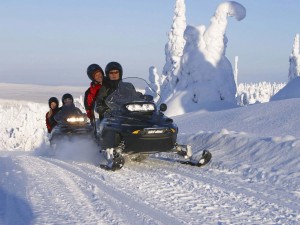 Over the last few days, we’ve discussed the ins and outs of a seasonal snowmobile tune-up – from salvaging the upholstery to checking for exterior scratches and ensuring proper fluid levels. In today’s final installment, we’ll shift over to one of the most common causes of engine failure: the filthy carburetor. It doesn’t take much more than regular hand tools, a can of carb cleaner, some ingenuity and a willingness to get your hands dirty.
Over the last few days, we’ve discussed the ins and outs of a seasonal snowmobile tune-up – from salvaging the upholstery to checking for exterior scratches and ensuring proper fluid levels. In today’s final installment, we’ll shift over to one of the most common causes of engine failure: the filthy carburetor. It doesn’t take much more than regular hand tools, a can of carb cleaner, some ingenuity and a willingness to get your hands dirty.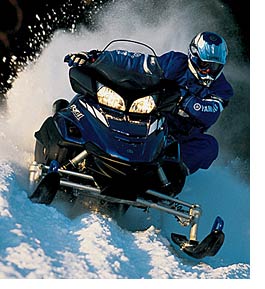 We continue today with part three in an ongoing series dealing with snowmobile maintenance. With winter temperatures already established across many areas of the country, those powdery drifts of snow likely aren’t far behind. In order to keep your sled running with reliability and efficiency all season long, it’s best to perform a scrupulous preseason tune-up. Let’s go under the hood to check the integral inner workings of the sled.
We continue today with part three in an ongoing series dealing with snowmobile maintenance. With winter temperatures already established across many areas of the country, those powdery drifts of snow likely aren’t far behind. In order to keep your sled running with reliability and efficiency all season long, it’s best to perform a scrupulous preseason tune-up. Let’s go under the hood to check the integral inner workings of the sled.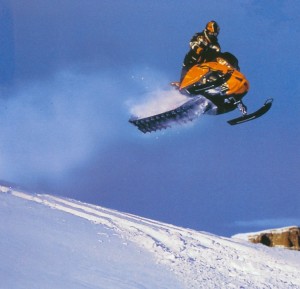 Today we pick up right where we left off in our preseason snowmobile maintenance process: the visual inspection. Having checked for cracks in the hood, we now turn our attention to the upholstery. Seat covers may become nicked and scratched with use, and in some cases they might slip right off the mounting. These details might seem trivial or superficial, and it’s true that your snow machine can operate no matter the state of the seating. Now is a good time to shore up any aesthetic flaws, however. Try gluing a similar fabric underneath hole in the leather or synthetic seating.
Today we pick up right where we left off in our preseason snowmobile maintenance process: the visual inspection. Having checked for cracks in the hood, we now turn our attention to the upholstery. Seat covers may become nicked and scratched with use, and in some cases they might slip right off the mounting. These details might seem trivial or superficial, and it’s true that your snow machine can operate no matter the state of the seating. Now is a good time to shore up any aesthetic flaws, however. Try gluing a similar fabric underneath hole in the leather or synthetic seating.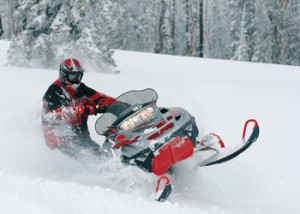 Now that November’s icy chill has replaced any thoughts of summertime fun, many outdoors enthusiasts are putting their boats away for winter. We’ve discussed proper winterization techniques in the past, but now it’s time to focus on an equally invigorating recreational pastime: snowmobiling. No matter your preferred outdoor pursuit, it’s important to conduct a preseason checkup.
Now that November’s icy chill has replaced any thoughts of summertime fun, many outdoors enthusiasts are putting their boats away for winter. We’ve discussed proper winterization techniques in the past, but now it’s time to focus on an equally invigorating recreational pastime: snowmobiling. No matter your preferred outdoor pursuit, it’s important to conduct a preseason checkup.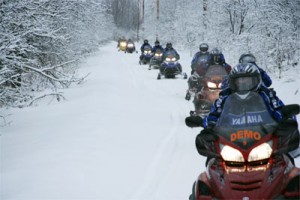
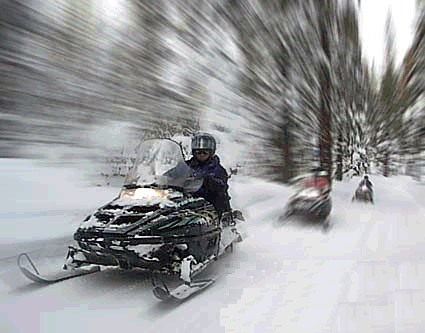
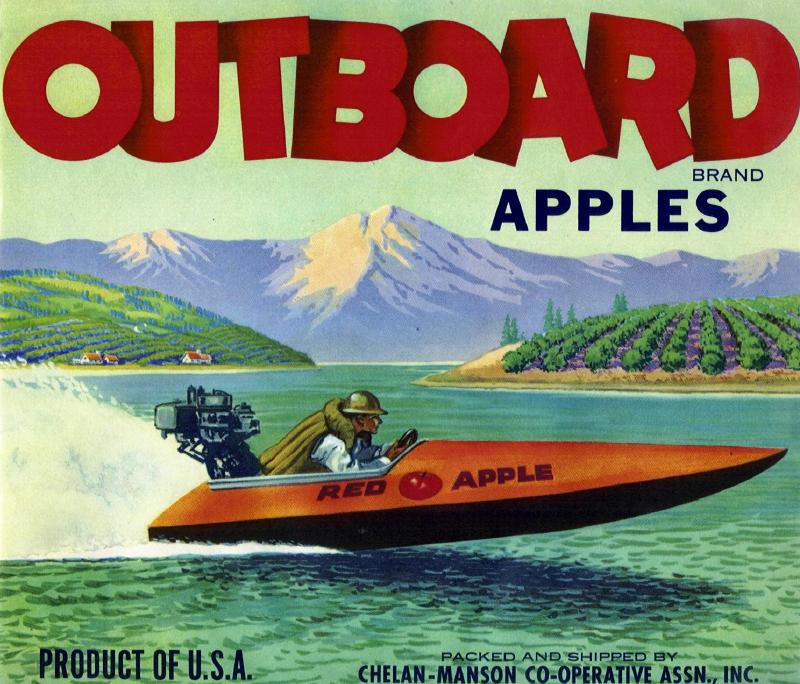
 “Bess Cary loved ice cream. One day, during a picnic on an island in a Wisconsin lake, Cary asked fiance Ole Evinrude if he would row back to shore to get her a dish.
Sweat poured down his face as he raced to get the ice cream back to his dear Bess before it melted under the hot summer sun. That was when Evinrude thought to himself, “There has to be a better way.””
“Bess Cary loved ice cream. One day, during a picnic on an island in a Wisconsin lake, Cary asked fiance Ole Evinrude if he would row back to shore to get her a dish.
Sweat poured down his face as he raced to get the ice cream back to his dear Bess before it melted under the hot summer sun. That was when Evinrude thought to himself, “There has to be a better way.””
 An Environmental Guide for Watercraft Operators
An Environmental Guide for Watercraft Operators